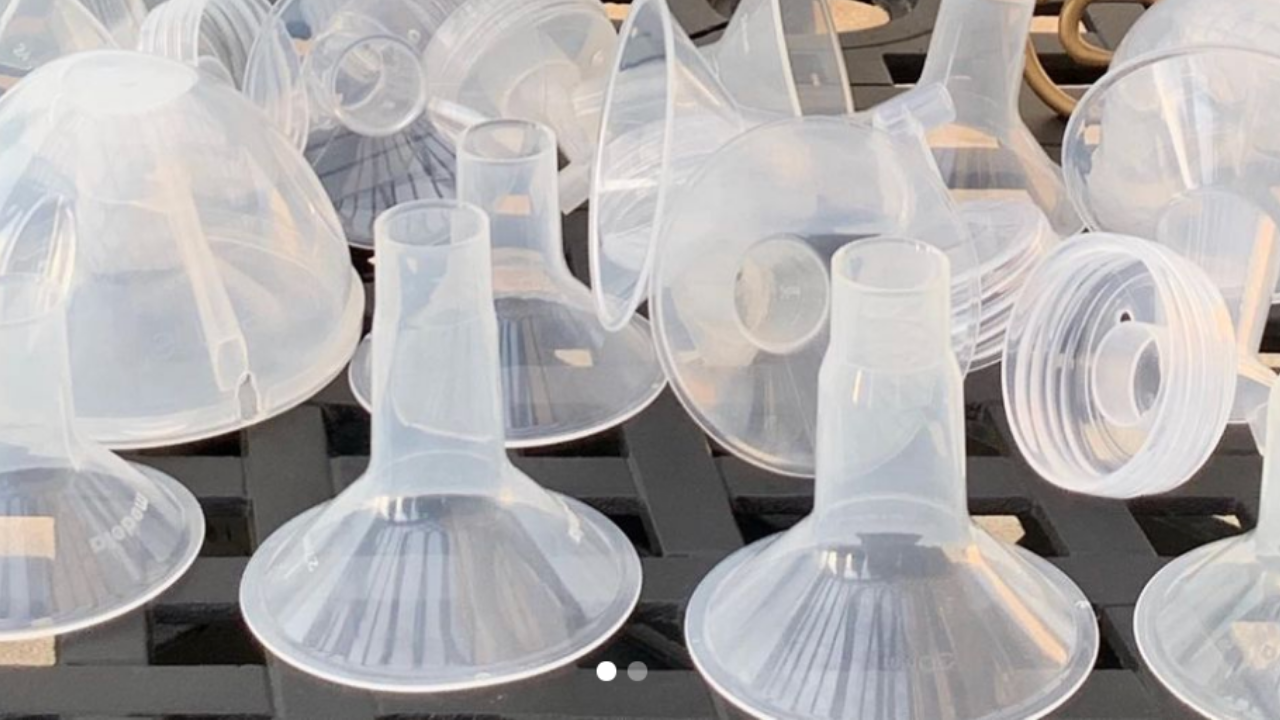Let’s Get Pumped Up Mamas: Top Tips for Pumping
Jun 10, 2020
Happy pumping Mamas! You got this!
Want a FREEBIE to help keep your milk supply up?
Click HERE to get access to the FREE Mini Milk Boosting eBook!
If you liked what you read and would like to learn more, I would love for you to join the Baby’s Best Beginning community!
Here are all the ways to connect…
Baby’s Best Beginning Face Book
Baby’s Best Beginning Instagram
With love & gratitude,
Stacy
Let’s be (.)(.) Breast Pen Pals!
Stay connected with news and updates!
Get the latest news on upcoming classes and the latest blog posts.
We hate SPAM. We will never sell your information, for any reason.


